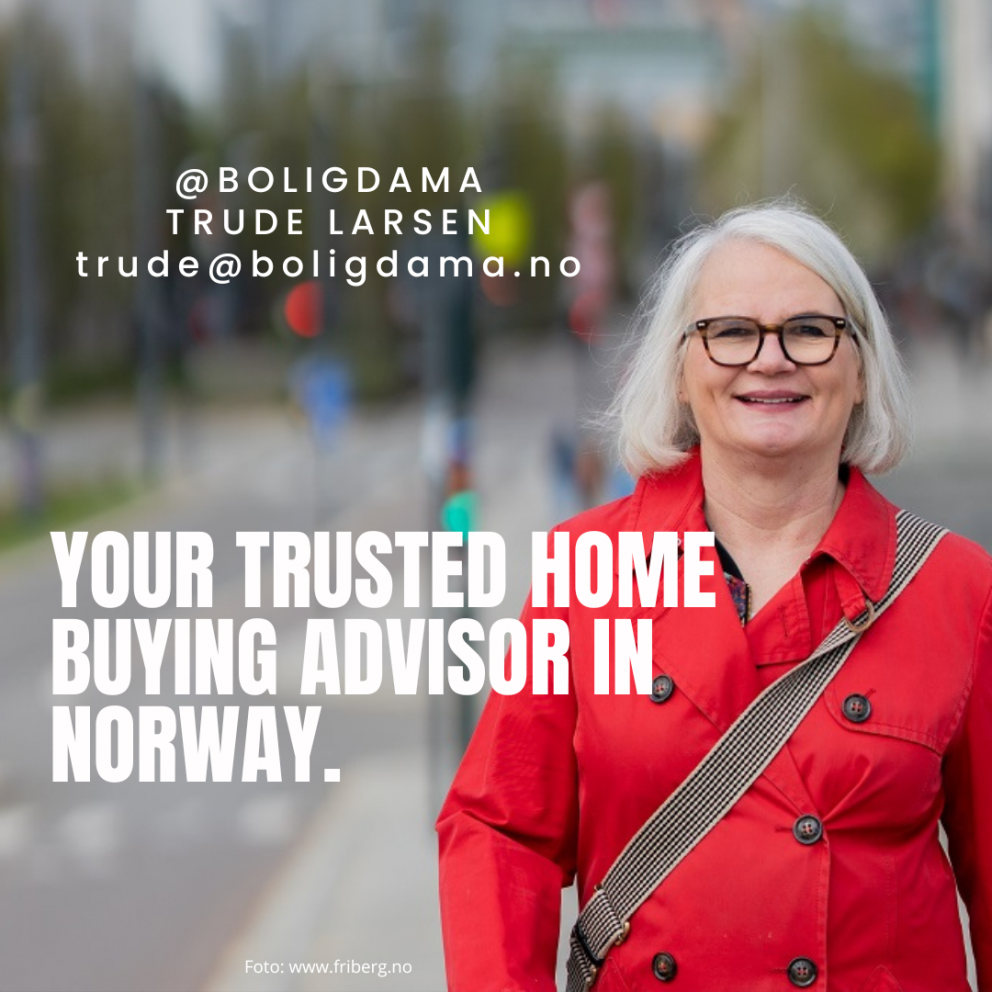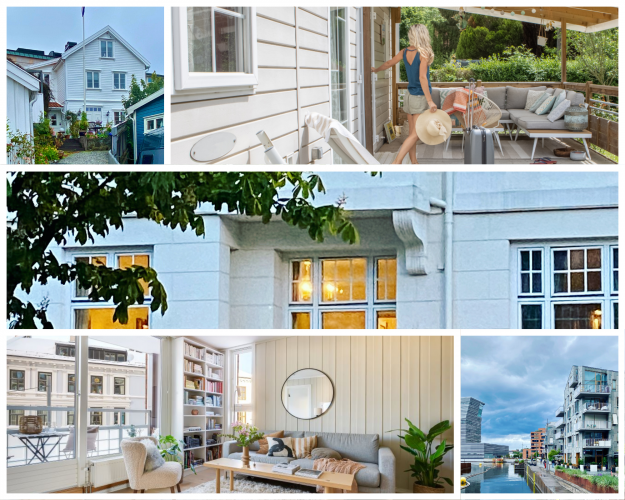Living in Norway is a unique experience shaped by its geography, culture, and evolving societal dynamics. As a country with approximately 5 million inhabitants and rich natural beauty, Norway often stands out in discussions about quality of life, governance, and social welfare.
While there’s no one-size-fits-all answer to what it’s like to live here, I aim to share insights beneficial for my international clients who are considering establishing roots or investing in property in this exciting nation.
A safe haven amid global unrest.
Our world is changing rapidly, and events in the United States—particularly with its political climate—raise eyebrows here in Norway. We simply do not understand what is happening and how the current administration views us in Europe and Norway., and this contrast prompts reflection on what constitutes a good society. However, in Norway, we take pride in our stable political landscape. Most politicians agree on the importance of nurturing the welfare state that has been carefully cultivated over decades. Despite occasional grumbles about taxes, most citizens appreciate the safety net provided by free healthcare, education, pensions, and elderly care.
Norway boasts a flourishing diversity of political parties, strong labour unions, and active non-profit organizations contributing to a multifaceted society. Immigration is a hot topic, similar to other parts of the world, with one political party exhibiting more scepticism than others. Nevertheless, there’s widespread recognition of the essential role immigrants play in our economy, leading to a broadly supported immigration policy that emphasizes regulation and inclusion.
Recent experience with an American family
I recently helped a young American couple who wish to settle in a small village on the West Coast by purchasing a small farm. They view Norway as an ideal location for raising their children, with excellent schools, universal right to education, and breathtaking nature. Their journey to homeownership will be detailed in a future blog.
Will we see more emigrants from America?
I have noticed that there are several posts on social media about which countries residents from the USA most easily can move to on Instagram and other social media. I wouldn’t want to comment on how widespread this desire is, social media isn’t always reflecting the reality.
So far, I have mostly helped international clients who are already living and working in Norway, or people who want a holiday home here, often with a prior connection to Norway. There have been fewer families looking to move here for a completely new life in a new country.
For your information:
To obtain residency in Norway for an extended period, you need to have a job and a work permit in Norway, often linked to a specific skill set and a minimum income to support yourself. If you do not already have a job in Norway and an employer who can assist with a work permit, you should seek legal advice to clarify your options before deciding to move. This is not my area of expertise, but I can help you find someone who can provide you with good advice.
And you aver of course welcome to reach out for assistance if you are interested in buying property or have any questions!
The Norwegian housing market: Opportunities and Challenges
Norway’s housing market operates purely on market principles—there’s no trace of socialism here! Following World War II, we initiated a phase of social housing construction with regulated markets and subsidized lots. Although this system has been absent for about 40 years, the official policy still encourages homeownership, with around 80% of families owning their homes today. However, there’s a consistent 10% of the population wishing to rent, and another 10% struggling to enter the housing market due to financial constraints.
First-time buyers face increasing challenges; only those receiving support from parents with valuable properties often secure a foothold in the market 60% of first-time buyers gets financial help from their parents. In recent years, co-ownership models have also been developed where companies buy properties together with private individuals who rent part of the property while owning another part. This arrangement allows them the opportunity to gradually increase their ownership share over time. This has also helped first-time buyers enter the market.
Despite these hurdles, most Norwegians enjoy a solid housing situation.
Because of the emphasis on homeownership, our rental sector lacks stability and security. Lease agreements are relatively short, and most landlords are private individuals who have purchased properties for rental income. Recent surges in rental prices—especially in larger cities—have made it difficult for some families to afford housing.
Navigating the housing process
While there is room for improvement in the housing market, especially for first-time buyers and low-income families, the purchasing process is securely governed by laws and oversight. I encourage you to explore my English-language blogs for more information about how the market functions and how property transactions take place. Alternatively, feel free to reach out for a digital meeting to learn more.
In this blog, I touched upon political and social insights more than I typically do, but context is vital. I promise to maintain objectivity and remain free from political agendas if you seek assistance in purchasing property in Norway!
Living in Norway offers unique advantages, and as the world continues to evolve, understanding the nuances of this society can be particularly beneficial for future part full- time and part-time residents.
Welcome to Norway!






Leave a Reply